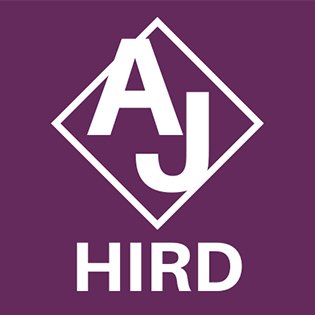Managing your Retirement Income in Retirement!
Before pensions freedoms arrived in April 2015, most people followed a straightforward path to generating their income in retirement. Either they received a regular, ready made final salary pay-out, or they bought an annuity that would guarantee them an income for life. These days, while those options remain part of the big picture, growing numbers of retirees are faced with a third way, leaving their pension invested within what is known as an income drawdown account, and taking withdrawals from it.
The whole process is likely to be a daunting prospect for many reaching retirement, after all, persistent bad investment choices or overambitious withdrawals could mean their pot is finished long before they are. However, some basic principles and a proper plan can make a big difference.
Old Pension Plans
In the first place, in the run-up to retirement, make sure you look at all your investments and search out any old pension plans from previous employment. There are 1.6m unclaimed pensions worth an estimated £19.4bn in the UK. If you are struggling to get the necessary information, there is the pension tracing service if you have mislaid any from past employment and you can use the government’s free scheme.
How much do I need?
Consider setting a realistic withdrawal rate, whether that is a fixed amount or a percentage. There is a longstanding rule of thumb among advisers that taking a 4% withdrawal from your pension fund per year is sustainable through retirement. However, a more flexible approach may be desirable, particularly so when markets are turbulent and volatile. You should not forget if you have other sources of income to cover essentials, you may not need to withdraw at such a high rate. Changes in markets, up and down, are an obvious issue but a prolonged period of high inflation, for instance, could also erode the real value of a pension portfolio and trigger a rethink on withdrawals.
There are many studies and expert opinion that, for those becoming a retiree, the investment solution should favour bonds for security and a fixed income. If you plan to fund a retirement that could last 30 years plus, increasing your income over that time to protect against long-term inflation, you will need exposure to equities as well, and do not forget about cash!
Having some visibility on where immediate income is coming from is good for reducing anxiety and should help investors stick with the plan, rather than panic selling if markets take a dive.
Perhaps you need to consider a percentage split between cash, bonds and equities. Growth and income generated from the bond and equity elements of your portfolio can be used to top up the ‘cash bucket’, making sure there is at least two years of income safely tucked away in the cash account.
At A J Hird, we have the option to set up a detailed and comprehensive Cash Flow Model specific to our clients’ individual needs and objectives. Cash flow modelling is a great way to set a great plan for retirement.
Nothing is Straightforward
In this complex world, there is no ‘one size fits all’ solution. Not only are individual perceptions of risk quite different, but wider circumstances can also vary enormously. Someone who is lucky enough to have a final salary pension has a lot more capacity to tolerate falls in the value of their personal pension or SIPP than someone who has been self-employed all their life and has nothing else to fall back on.
When it comes to how to allocate your retirement fund, diversification always makes sense (different regions, investment styles, sectors as well as asset classes). Such an approach, which our clients have been used to for decades, means you are less likely to end up fixated on income-producing investments. Exposure only to income-producing stocks could mean you miss out on opportunities in other parts of the market with technology being an obvious example in recent years.
A helping hand
Finally, there is the question of financial advice, does it make sense at retirement? I will say this, won’t I, but investors who use an adviser are more likely to stick to the original plan in times of market distress, get assurance and support from their adviser and stay on track. For people who want to leave a legacy to the next generation, financial advisers are well-placed to advise on how to do that in a tax-efficient manner. Retirement is a crucial time to invest with professional input, particularly if there are other assets such as property, a final salary pension, ISA or an inheritance in your broader retirement picture.
For more information or to speak to one of our A J Hird advisers, please call us on 01756 700718 via email us CLICK HERE
